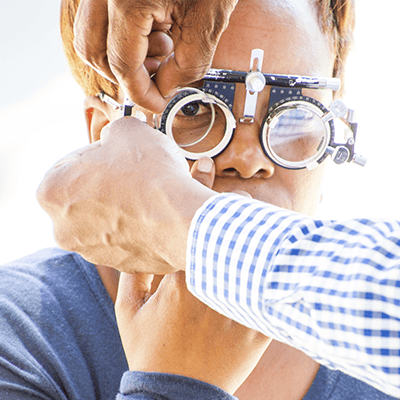100% Painless, Bladefree & Stitchless procedure
Eye Health And Vision Care

Phacoemulsification
A small incision is made around the edge of the cornea, allowing an aperture to be cut through the lens membrane. The cloudy lens is next broken up into tiny pieces using sound waves, act which as a tiny jack hammer, with a tiny ultrasonic probe inserted into the opening in the eye.
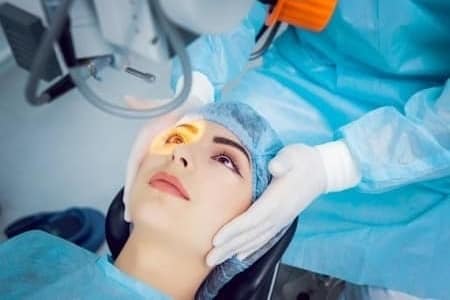
Extracapsular Cataract Surgery
In this method, a larger incision is needed because the cataract is to be removed in one piece. An artificial lens (IOL) is inserted into the same capsular bag, just like phacoemulsification. Around the eye, an injection of numbing medication is administered.
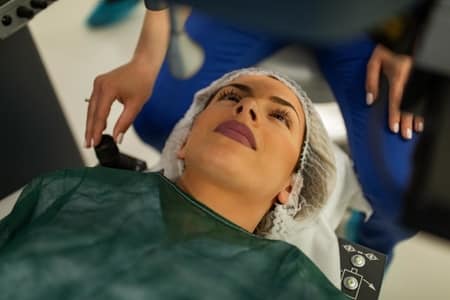
Intracapsular Cataract Surgery
Under certain circumstances, the cataract extraction method may still be beneficial. It necessitates a larger incision than extracapsular, through which the entire lens as well as its capsule are removed. Furthermore, the IOL is positioned behind the iris rather than in front of it.
Get The Right Cataract Care Book With Your Doctors!
Welcome To Eyemantra Eye Care.
Book Free Consultation
Book Appointment or Video Consultation online with top eye doctors
Everybody Deserves To See The World Clearly.
We feel that everyone deserves to have a healthy vision. That’s why we’ve set out to deliver the finest eye care possible.
What causes Cataract?
Cataracts are a condition in which the lens of the eye becomes cloudy or opaque. Cataract formation is typically caused by deterioration of the lens. Cataracts can also be induced by illness, such as diabetes, kidney disease, glaucoma, smoking, eye injuries, infection, and inflammation of the eyes. Long-term use of certain medications can also lead to cataract formation.








Symptoms & Cure.
The only method to restore sight after cataract is surgery. No medicine can return your lens to being transparent if it becomes cloudy or white due to cataracts. Lens replacement by surgery is the only viable option for treatment.
The good news is that cataract surgery is one of the safest operations in the world. Cataract surgery improves vision in about 95% of patients.
The basic idea of cataract surgery is to remove the cloudy lens with surgery and instillation of an prosthetic lens. There are three key things to consider before undergoing cataract surgery: the type of cataract operation, the type of lens or IOL used, and the time for cataract surgery.
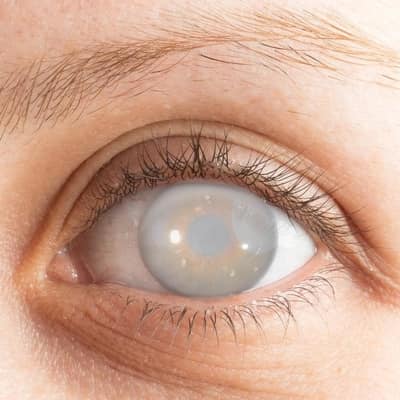





Traditional Vs. Laser Surgery
Traditional and laser cataract surgery are both painless and have a quick recovery time. However, laser cataract surgery uses less energy and takes less time to accomplish, which helps to speed up the recovery process. The laser has taken the place of blades in making incisions and correcting astigmatism.
| Basis | Traditional Cataract Surgery | Laser Cataract Surgery |
|---|---|---|
| Use of blade | Surgeon practices blade to create a hole in the eye for surgery. | No use of the blade in laser surgery as everything is through machines and computers. |
| Time is taken in surgery | The procedure takes about 20-30 minutes per eye. | This procedure takes less than 5 minutes. |
| Blade-free | It’s not 100% blade-free surgery. | It is 100% blade-free, with no pain and stitches during surgery. |
| Risk | It is slightly computer-controlled but has lots of risk factors. | The existence of an OPC is never dependent on the Nominee or Director. Can be dissolved by Regulatory Authorities. |
Lens Options
At the time of cataract surgery, an Artificial lens (or IOL) is inserted. The quality and type of this lens have a significant impact on visual clarity. The following are some of the most common types of lenses:
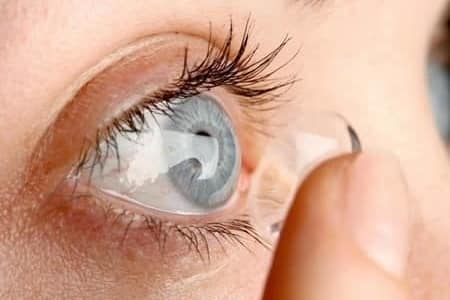
Monofocal Lens
The most frequent type of eye lens utilized in cataract operations is the monofocal lens. It’s also quite cheap. They can provide clear distance vision. Glasses, on the other hand, may be required for nearsightedness.

Multifocal Lens
Multifocal lenses are superior to monofocal lens as they enhance both distance and near vision. They include features such as computer or blue light filters and anti PCO rings. Multifocal glasses aren’t for everyone. They produce more glare.

Trifocal Lens
Trifocals are a step up from multifocal lens in terms of distance, as well as computer vision. They come with filter to reduce eye strain caused by intensive computer usage. Blue light filters are present in some lens.

Toric Lenses
Toric lenses can help with astigmatism. They don’t have glare problems as multifocal lenses. Toric lenses may be used to correct distant vision and astigmatism, but are insufficient for near activities without corrective glasses.
Surgery Cost
The cost of cataract surgery is determined by the “Type of Lens” and the “Type of Surgery Procedure.” The price of a Cataract operation can vary between Rs.10,000 and Rs.90,000. For example, the price of a standard cataract operation using an Indian lens starts at around Rs.10,000 while a Phaco Cataract operation with an imported lens costs around Rs.20,000 and a MICS procedure with an imported lens costs around Rs.35,000.
| Lenses | Techniques | Prices | Benefits | |
|---|---|---|---|---|
| Monofocal (Distance Vision) | PHACO | 10,000 – 20,000 | ||
| MICS | 30,000 – 50,000 | 1.2mm incision | ||
| Multifocal (Distance & Near Vision) | MICS | 30,000 – 50,000 | Anti PCO ring, Blue light filter | |
| Trifocal (Near, Far & Computer Vision) | MICS | 45,000 – 80,000 | HD Vision, Anti-Glare, Anti PCO ring, Blue light filter | |
| Toric (Distance & Cylinderical Power) | MICS | 30,000 – 50,000 | Anti-Glare, Anti PCO ring, Blue light filter | |
| For Zepto Robotic Cataract Surgery, additional charges for Rs. 20,000 – 30,000 | ||||
| For Femto LASIK Robotic Cataract Surgery, additional charges for Rs. 70,000 – 90,000 | ||||

When To Have A Cataract Surgery.
The necessity for cataract surgery is determined by the severity of your eye disease, with the goal that surgery has a low danger. However, delaying cataract surgery indefinitely may be quite harmful. The solidifying, opaque lens in your eye might suddenly burst, leaving you sightless for good.
If you have any of the following symptoms, you should consider cataract surgery:
- Fading or Cloudy Vision
- Double Vision
- Problems with Bright Lights
- Poor Night Vision
- Difficulty driving or reading
If you are experiencing any of the above symptoms, it is important to consult with your eye doctor to determine if cataract surgery is right for you. Cataract surgery is a very common and safe procedure that can help restore your vision and improve your quality of life.
Best Hospital
There are several eye hospitals in India, including Shroff Eye Hospital, AIIMS, Sankara Netralaya, and Eye Mantra. With more than 100,000 eyes operated by its specialists, Eye Mantra is one of the leaders in cataract treatment.
We are one of the first clinics in India to have a Laser Femto Assisted Surgery Unit. The technique allows for the correction of pre-existing astigmatism. Latest technology with a comprehensive range of premium IOLs provides the greatest outcomes after cataract surgery by our leading eye surgeons in Delhi and other cities.
Consult with one of our professional eye doctors right now. We want to improve people’s lives and offer the highest quality eye care services at the most affordable costs.
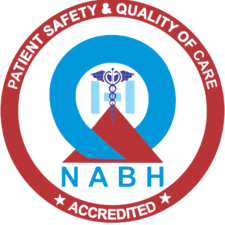

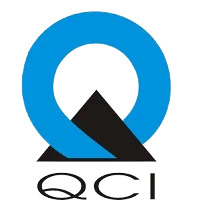


Frequently Asked Question's.
Cataracts may affect anybody at any age, but they are most common among those over the age of 55. They are caused by natural aging. Other causes include:
- Obesity, lack of physical activity and poor eating habits such as steroid usage, smoking or drinking too much alcohol.
- Over-exposure to the sun’s harmful UV radiation.
- Auto-immune diseases such as diabetes, obesity, and hypertension.
- Frequent or ongoing eye strain, as well as a family history of eye diseases.
Age-related cataracts can’t be prevented at this time. People with diabetes, on the other hand, may limit their risk of developing cataracts by keeping their blood sugar levels stable. Before getting pregnant, women should talk to their doctors about whether or not they need rubella immunization.
The cataract surgery may take as little as 10-20 minutes. However, aftercare will require a set period of time.
Pain, infection, edema, and bleeding are all common after any surgery. Cataract surgery is one of the safest operations available. However, few individuals have serious cataract surgery complications. In some situations, medication can help manage side effects from the operation. Be optimistic in complying with your surgeon’s instructions and reporting any unusual symptoms immediately to lower your risk after cataract surgery.
